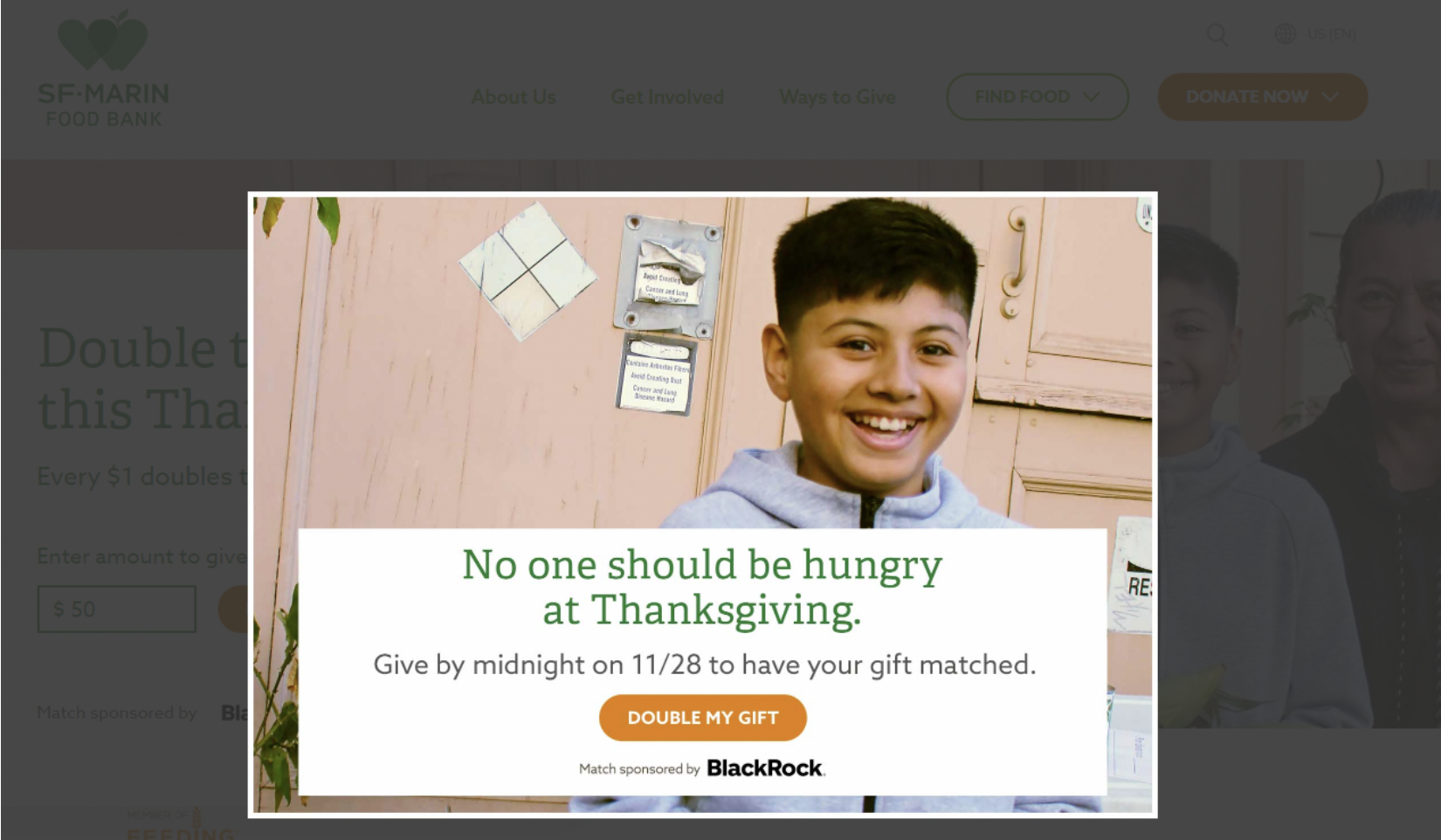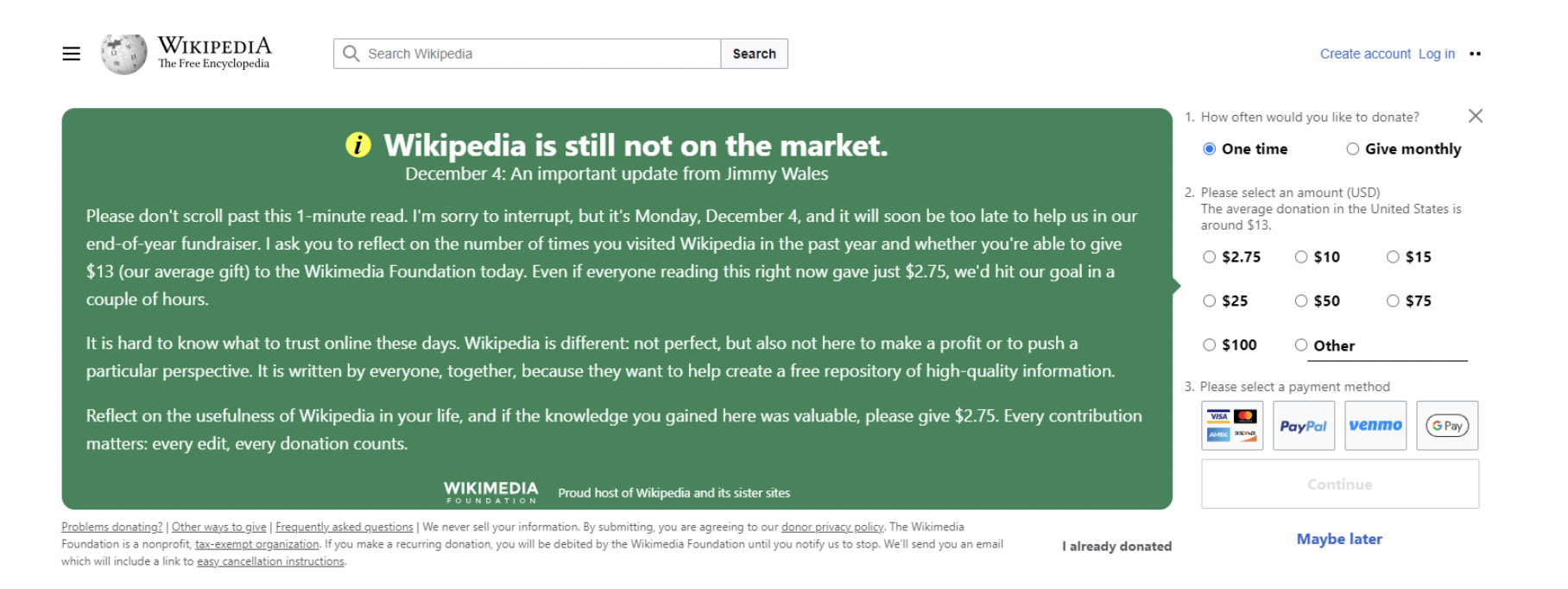
The (not) Surprising Hero of EOY Giving (and other stats)
As the year draws to a close, the spirit of generosity really opens up, paving the way for an incredible surge in charitable giving. The statistics speak volumes, revealing a heartwarming trend that underscores the power of compassion and altruism.
Since you’re leading a nonprofit, you’re probably well aware that a staggering 30% of annual giving occurs within the month of December alone. It’s a time when hearts are open, and the desire to make a difference resonates profoundly. Even more astonishing, the last three days of the year witness a flurry of goodwill, with 10% of the year’s total donations pouring in, embodying the epitome of giving in the eleventh hour.
Surprising Stats & an Unsung Hero
What’s truly inspiring is the resounding belief held by 77% of individuals: the conviction that everyone can make a difference by supporting causes close to their hearts. This collective faith in the power of individual action fuels a movement of kindness that knows no bounds.
Another compelling facet is the average number of charities each person supports, standing at 4.5 nonprofits per giver. This statistic exemplifies the diversity of causes that people champion, illustrating a mosaic of support for various issues, from education and health to the environment and beyond.
Women emerge as unsung heroes in the realm of philanthropy, constituting 64% of donations. (Is anyone really surprised by this?) Their impactful contributions underscore their pivotal role in shaping a more compassionate world. (As a sidenote, if you haven’t seen some of the research done by The Girl Effect, we’d highly recommend it.)
Moreover, the heartening fact that 69% of the population engages in giving highlights a beautiful tapestry of generosity woven into the fabric of society. It reflects a shared commitment to uplift communities, alleviate suffering, and create meaningful change.
As we stand on the brink of a new year, these statistics serve as a poignant reminder: our collective efforts, no matter how small, have the power to transform lives and spark hope in the darkest of moments. They encapsulate the profound impact of giving and affirm that, indeed, everyone has the capacity to effect positive change.






